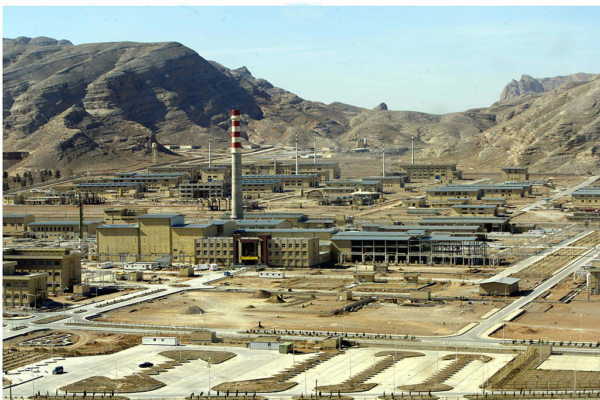On Saturday (June 21), the Israeli Air Force conducted airstrikes on the Isfahan nuclear facility in Iran in the early hours of the morning. This marks the second attack on the nuclear site since Israel’s initial strike on Iran on June 13. The International Atomic Energy Agency (IAEA) reported that the attack resulted in damage to the centrifuge assembly workshop at the Isfahan nuclear facility.
According to the IAEA, the centrifuge assembly workshop at the Isfahan nuclear research center was damaged in the Israeli attack, but there is no risk of hazardous material leakage.
The workshop is known to produce machines for uranium enrichment, as revealed by the IAEA. Rafael Grossi, the Director General of the IAEA, stated in a recent update on their website that the workshop has been under IAEA supervision as part of the Joint Comprehensive Plan of Action agreed upon by Iran and major world powers in 2015.
“We are very familiar with this facility. There is no nuclear material present, so the attack will not result in any radioactive consequences,” Grossi said.
The Israeli military reported that around 50 Israeli Air Force fighter jets participated in the overnight airstrikes, dropping 150 bombs on several targets in Iran, including the Isfahan nuclear facility and four missile launchers.
The Israeli Defense Forces stated that the airstrikes on the Isfahan nuclear facility were aimed at further dismantling Iran’s nuclear program. On Saturday morning, the IDF announced, “The centrifuge production facility inside the site was also struck, along with other military targets of the Iranian regime in the Isfahan region.”

